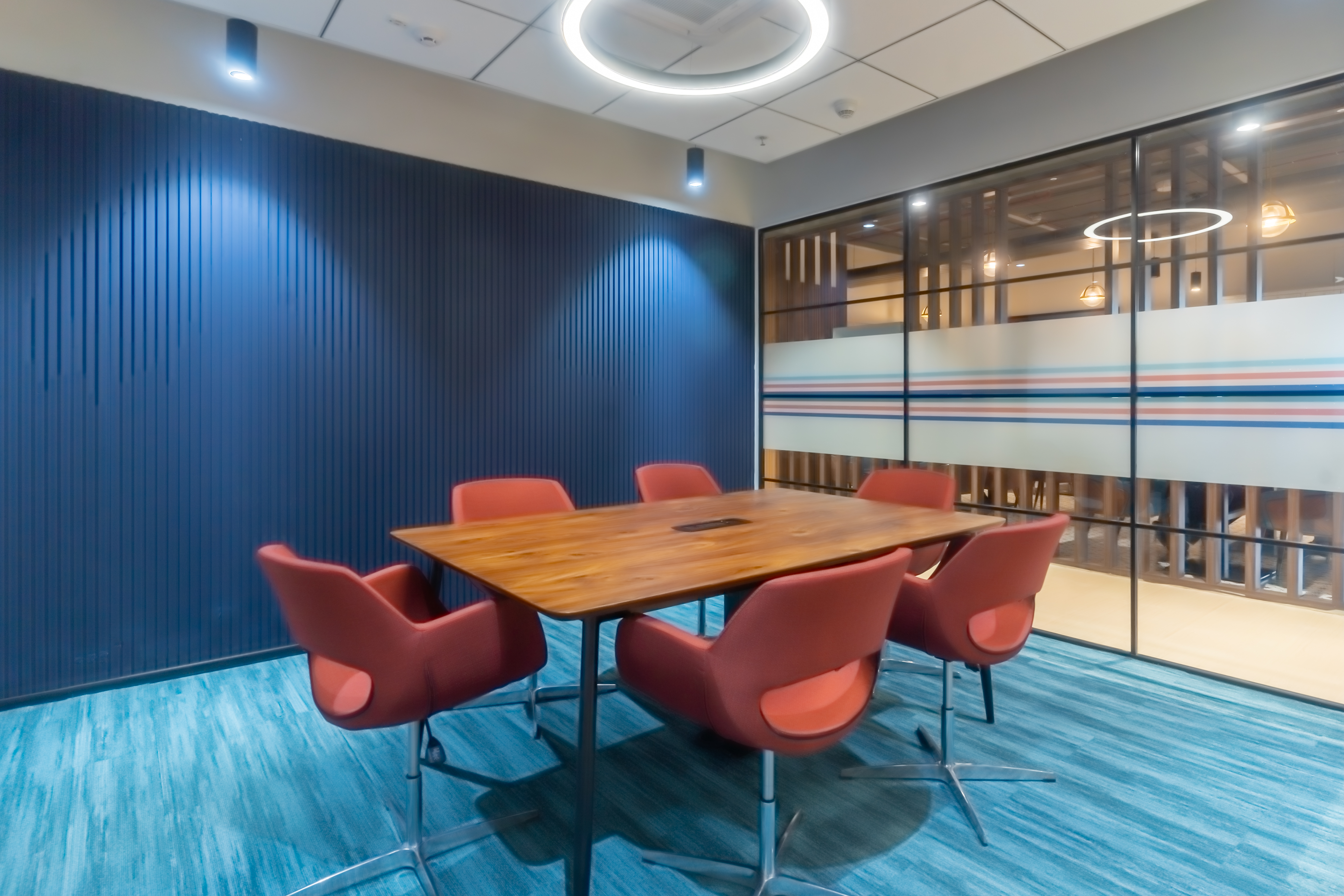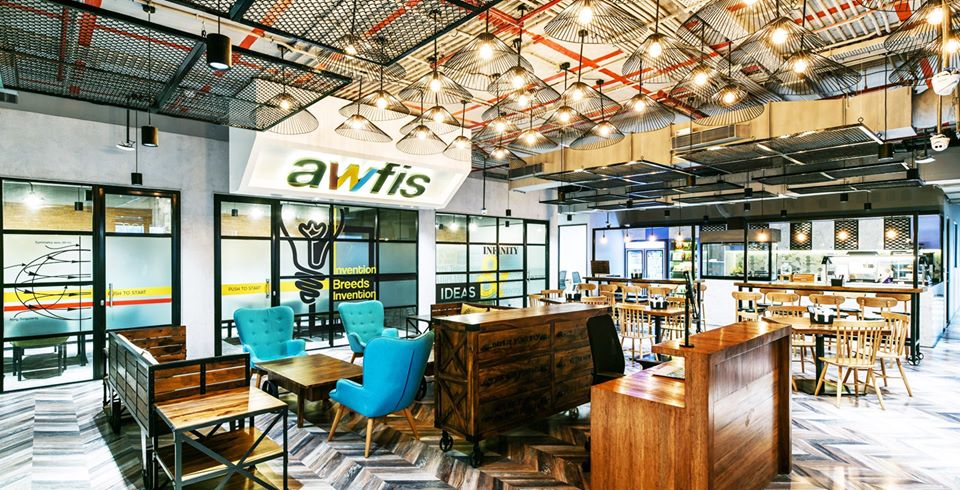Stepping into the right kind of conference room can make all the difference—from keeping attention riveted in a boardroom to energizing collaboration in a U-shape setup. Below, we explore conference room types, common types of room setup for meetings, and how to pick what works best.
Why Room Layout Matters
The layout of a conference room isn’t just about aesthetics—it’s about how people connect, share ideas, and feel part of the meeting. Research into meeting-room setups shows that arrangements which facilitate visibility, engagement, and comfort tend to increase participant satisfaction and productivity.
Common Conference Room Types & Room Setups
When considering the environment you want to use for a meeting experience, the conference room setup can sometimes create the environment all alone. In the next sections, we will review some of the most common conference room types and the types of room setup for meetings that work within the conference room types.
-
Boardroom Style
The most classic set up in the boardroom environment is a large rectangular table, or an oval table where all the seats are around the table and are facing each other. The boardroom setup typically works for executive meetings, negotiations, and discussions that use data for real time decision making.
-
U-Shape Layout
The majority of tables are in a U-shape with the open end reserved for a presenter or a screen. This setup creates a great view of the presentation and enables the audience to engage in discussion, making it a perfect format for workshops, group training, and Q&A.
-
Classroom Style
Tables and chairs in rows facing the front, often with writing surfaces for note taking. This is best for training programs, seminars, and educational sessions intended for learning.
-
Theater / Auditorium Style
In this case, there are rows of chairs. No tables. All chairs are facing the stage or screen. This facilitates maximized seating capacity for large presentations, keynote speakers or town halls for the entire company.
-
Banquet / Round-table Style
For smaller groups, round tables work very well as long as they are seated in a circular manner while facing each other to create a more social feeling among participants. This style is ideal for networking events, team dining, and engaging group discussions.
-
Hollow Square / Conference Style
Tables are placed in a square or rectangle with an open centre, with chairs around the outer edges. This arrangement allows every participant equal visibility and is best for strategic discussions, brainstorming, and group meetings.
These conference room types correspond closely with the types of room setup for meetings you’ll see in modern workspaces. Depending on the meeting objective, switching layouts can sharpen focus or spark interaction.
When to Use Each Type
- If the goal is maximum seating capacity for predominately listening guests, Theatre / Auditorium style wins.
- For meetings where engagement of participants is important, Boardroom, U-Shape, or Hollow Square are the best options.
- When people need space to take notes, use laptops, or write, Classroom Style is more comfortable.
- For social or networking gatherings, Banquet / Round-table feels more relaxed and encourages mingling.
Recent Trends in India & Best Practices
In 2024-2025, numerous Indian offices transitioned to hybrid ready rooms that hosted several variations of those rooms in one location. Flexible furniture, movable panels and modular tables are the new normal. Also, setups that support both in-person and virtual attendees are in demand. The ability to switch from conference room type to another layout helps with cost efficiency and user satisfaction (industry case studies from corporate real estate reports, 2025).
Practical Tips for Planning Your Meeting
- Size first—make sure the room and furniture suit the number of people without crowding.
- Visibility counts: all attendees should be able to see the presenter, or the screen, without inconvenient angles.
- Technology informs layout – all styles of meeting room setups will not require the same audio-visual support. Theater style needs even coverage of speakers, while classroom style may require desk accessibility to power outlets.
- Flexibility in furniture—movable chairs and tables let you switch between conference room types easily.
- Ambience—lighting, sound control, and comfort matter. It needs to feel warm and inviting, whether it is a high-stakes review session or for some brainstorming activity.
If you are thinking about conference rooms at Awfis, understanding these conference room types will help you in your request for an ideal type of room setup for meetings. If you need an executive boardroom, a classroom style for training, or a theater layout for a product launch, you will find ample options for that purpose.
Frequently Asked Questions
-
What are the most common types of conference rooms?
The most typical types of conference room types are boardroom, U-shape, classroom, theater, banquet, and hollow square setups, which are intended for various styles of meetings.
-
How do I choose the right type of room setup for meetings?
First, you will want to determine your purpose: presentations are best suited for theater style; workshops or training can be classroom or U-shape, depending on the need. The type of room setup for meetings depends on how much interaction is involved and size.
-
Can conference room types can be modified for a hybrid meeting?
Yes, many modern conference room types already contain technical integration – like screens, cameras, or microphones – so a hybrid meeting can run smoothly.
-
What is the difference between a boardroom and a hollow square setup?
A boardroom conference room setup has one larger table where we are all looking at each other. The hollow square suitable meeting room setup can also use multiple tables set up in a square, but can be more easily spaced out depending on the size of the audience, so everyone has visibility respectively.
-
Are any of the types of conference rooms set up for large groups?
Not usually. Theater-style conference room types are appropriate for larger audiences, while boardroom or U-shape setups are used for smaller settings with collaborative groups.



